How The First Tokyo Olympics Changed The Face Of Japan
The 1964 summer Olympic Games were Japan's great return to the world stage after its defeat and destruction two decades earlier in World War II.
The first Games ever held in Asia were also a chance to trumpet the rebuilding of post-war Tokyo and the country's emergence as a high-tech giant with the infrastructure to match.
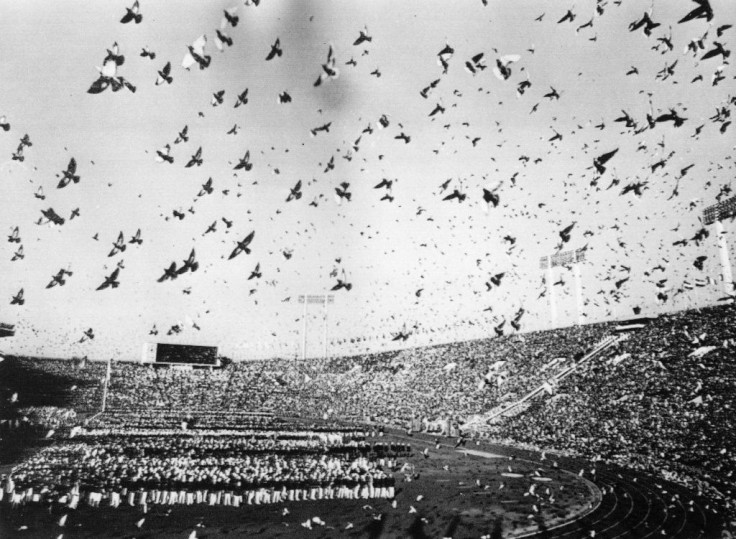
That included the first of its high-speed shinkansen "bullet trains" that would come to epitomise modern Japan.
"An historic week is beginning for Japan," AFP wrote six days before the opening ceremony.
"Never before has it wanted to welcome so many foreigners."
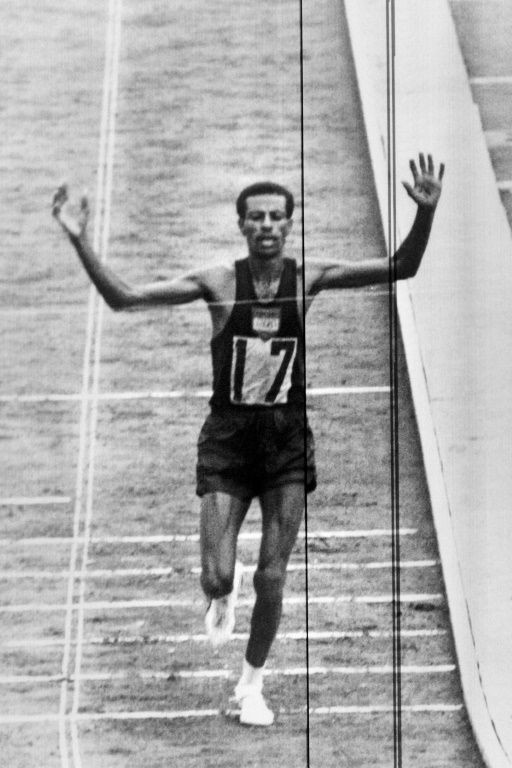
That same desire has been frustrated this time round by the pandemic which first delayed the Games and will now rob them of foreign visitors.
In 1964, however, the country opened its arms to 20,000 spectators, 6,348 foreign athletes, 1,500 officials, 2,000 journalists and some 400 pickpockets, according to Interpol.
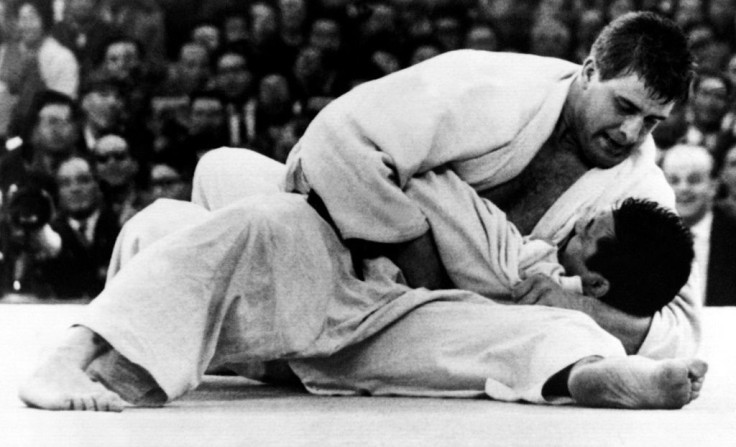
To prepare for the influx, Tokyo increased its hotel capacity by half, building a dozen new hotels, including four five-star establishments.
In keeping with the "just in time" industrial philosophy that the Japanese would later export to the world, the construction of the 36 major Olympic sites was finished a week before the opening ceremony.
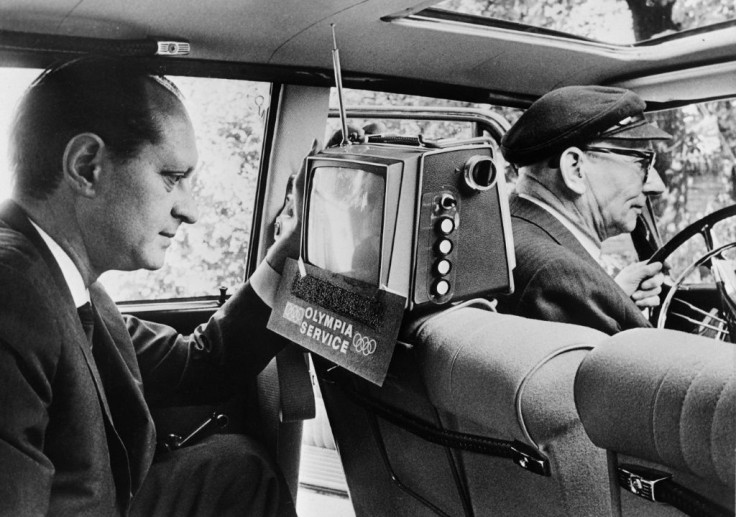
They included the Nippon Budokan, built to host the judo competition -- the national sport making its first appearance at the Olympics.
The curved roof of the octagonal building, which stands near the Imperial Palace, was meant to resemble Mount Fuji, the country's most iconic landmark.
Among other emblematic sites built for the occasion were the Yoyogi National Gymnasium by the Japanese architect Kenzo Tange, who would go on to win the Pritzker Prize, architecture's Nobel.
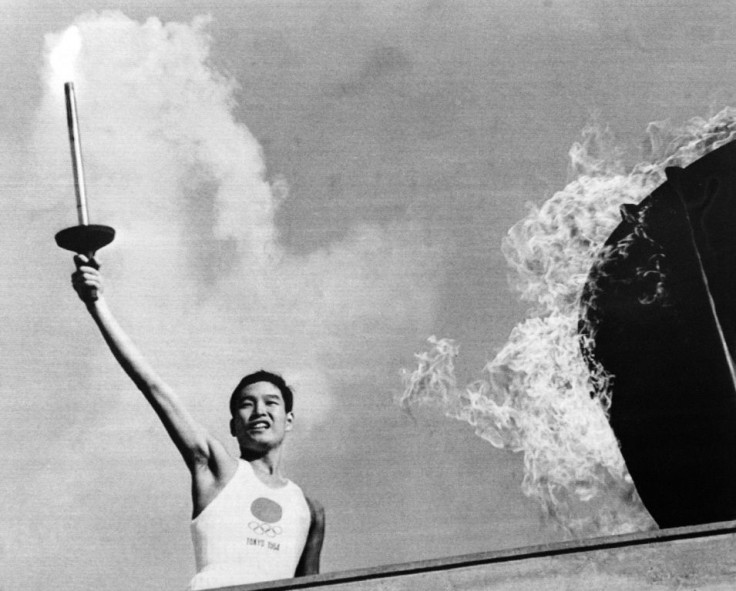
In a poignant symbolic nod to post-war Japan's pacifist credo, the last carrier of the Olympic torch was Yoshinori Sakai, an athlete born on August 6, 1945, the day the atomic bomb was dropped on Hiroshima.
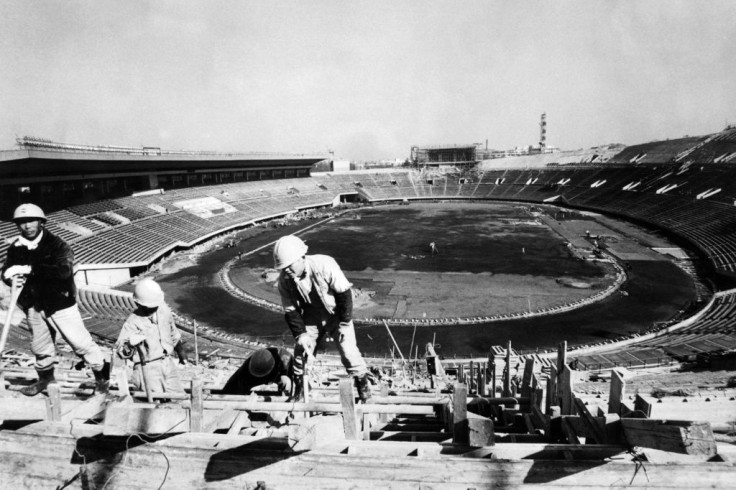
Beyond pure sport, the 1964 Olympics were a chance for the Japanese to show off their technological know-how via television.
The opening and closing ceremonies and several competitions were shown in colour, with events transmitted by satellite directly to the United States, and recorded for Europe.
Slow motion was also widely used for the first time, with ingenious new microphones cutting out background noise and the marathon broadcast live.
Nine days before the Games opened, Emperor Hirohito inaugurated Japan's first shinkansen train line, which had been under construction for five and a half years.
The world's fastest, it linked Tokyo and Osaka at speeds of up to 210 kilometres (130 miles) an hour and was heralded as the beginning of the "bullet train" era.
Tokyo, the biggest city in the world at the time with 10.6 million inhabitants, was completely rebuilt for the Games.
It was given a vast new road network, often raised or underground, passing under factories and new apartment blocks which had replaced old wooden village houses, AFP explained on October 9, the eve of the opening ceremony.
New metro lines were built, along with a 27-kilometre-long (17-mile) motorway linking the Olympic village and the Haneda airport via the neighbourhood of Ginza.
"It is the first time a country has made such an effort to organise an Olympics," AFP wrote.
"For a year now the face of Tokyo has been completely changed."
But while the country bathed in the reflected glory, on the sporting side it suffered a shocking humiliation when its judo champion Akio Kaminaga lost to Dutchman Anton Geesink.
Even so, Japan came third in the medals table behind the mighty Americans and Soviets.
Ethiopia's Abebe Bikila also entered the record books as the first athlete ever to win two Olympic marathons.
The Games also saw the third gold in a row for Australian swimmer Dawn Fraser in the 100 metres freestyle and three gold medals for the Czechoslovak gymnast Vera Caslavska.





















